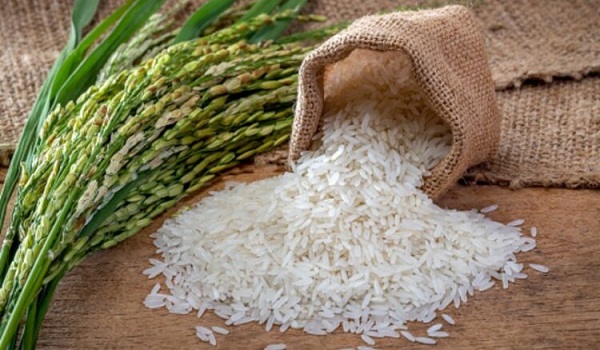As per the Directorate General of Foreign Trade (DGFT) notification, the Indian government has prohibited the export of non-basmati white rice. This amendment changes the export policy of non-basmati white rice from “free” to “prohibited.” However, there are certain exceptions where consignments of this rice can still be exported, such as cases where the loading of the rice on the ship had commenced before the notification was issued.
The decision to ban non-basmati white rice exports comes amid concerns over the uneven distribution of rainfall in key rice-growing areas in India. The region has experienced a shortage of rainfall, leading to a 20% increase in rice prices over the last 10 days prior to the notification.
Additionally, it was reported that the Indian government was considering banning exports of most rice varieties, which could impact around 80% of India’s rice exports. This potential ban raised concerns that it might negatively affect global rice prices. The supply concerns were further compounded by rising prices of rice exported from Vietnam, attributed to the El Nino weather pattern, and the possibility of India restricting exports.
It’s worth noting that the Indian government had previously taken measures to address rice production concerns. In September 2022, they banned overseas shipments of broken rice and imposed a 20% duty on exports of various other grades.
The decision to ban non-basmati white rice exports has drawn criticism from the Rice Exporters Association (REA), with its president, B.V. Krishna Rao, stating that the government’s move to increase the paddy procurement price had been pushing up rates. He argued that the government holds more stocks than needed for welfare schemes and suggested that there is no need to restrict exports.
As a result of the export ban and supply concerns, India’s rice export prices have been on the rise, reaching a seven-week streak and hitting an over-5-year high, reflecting the dwindling supplies in the market.


